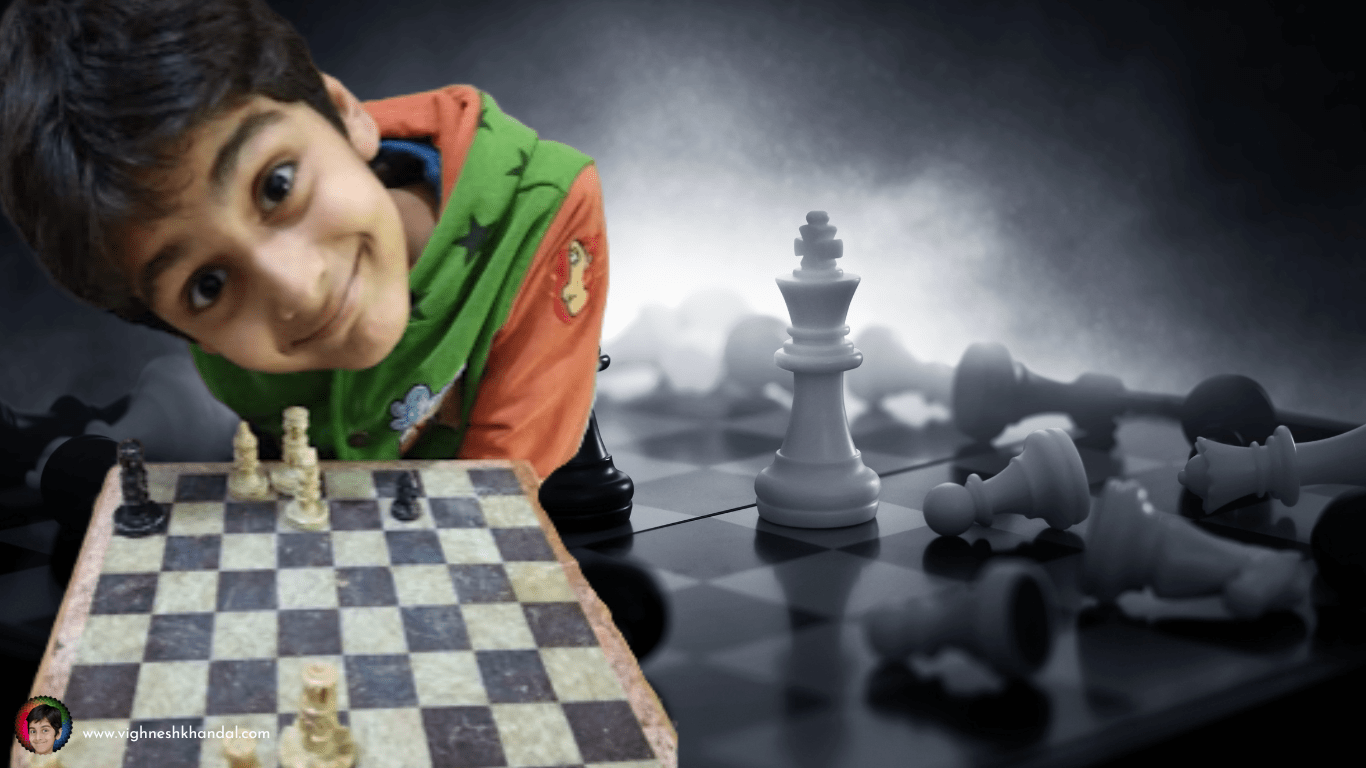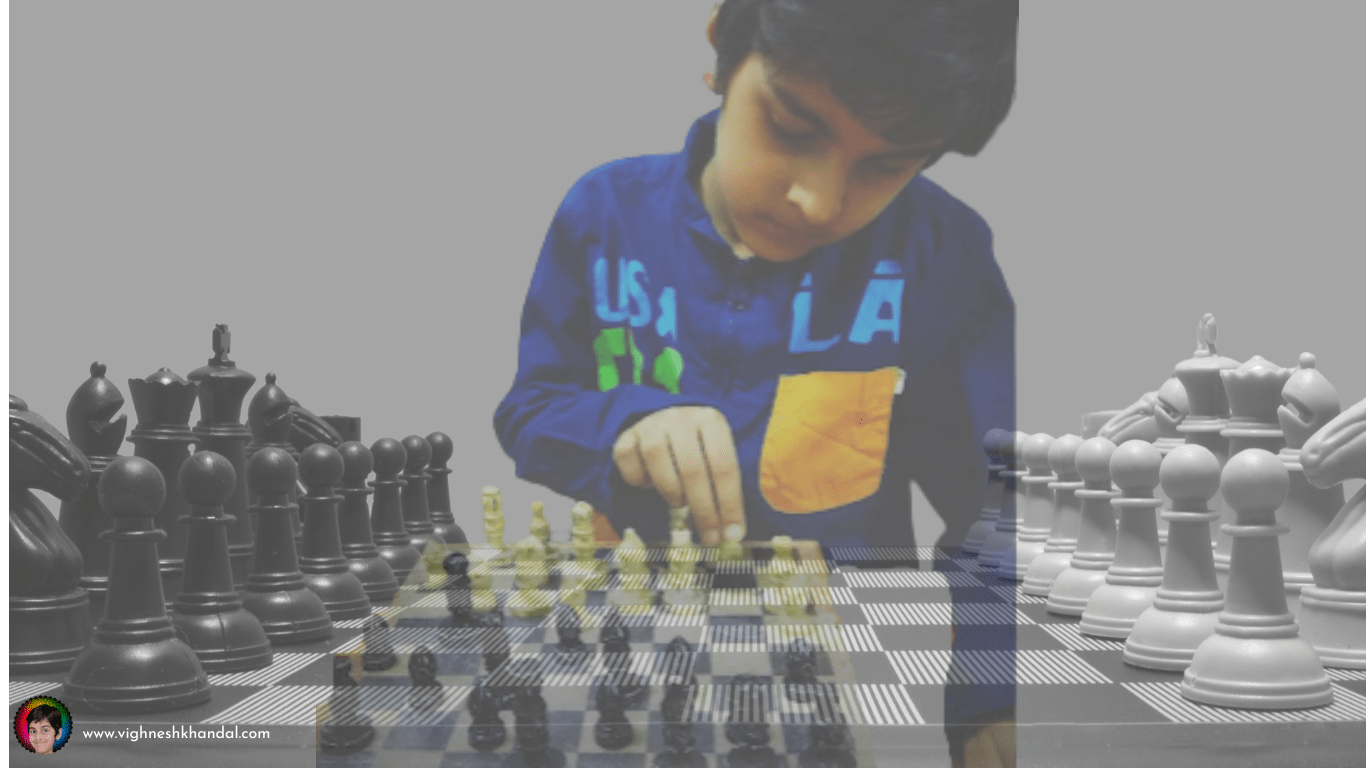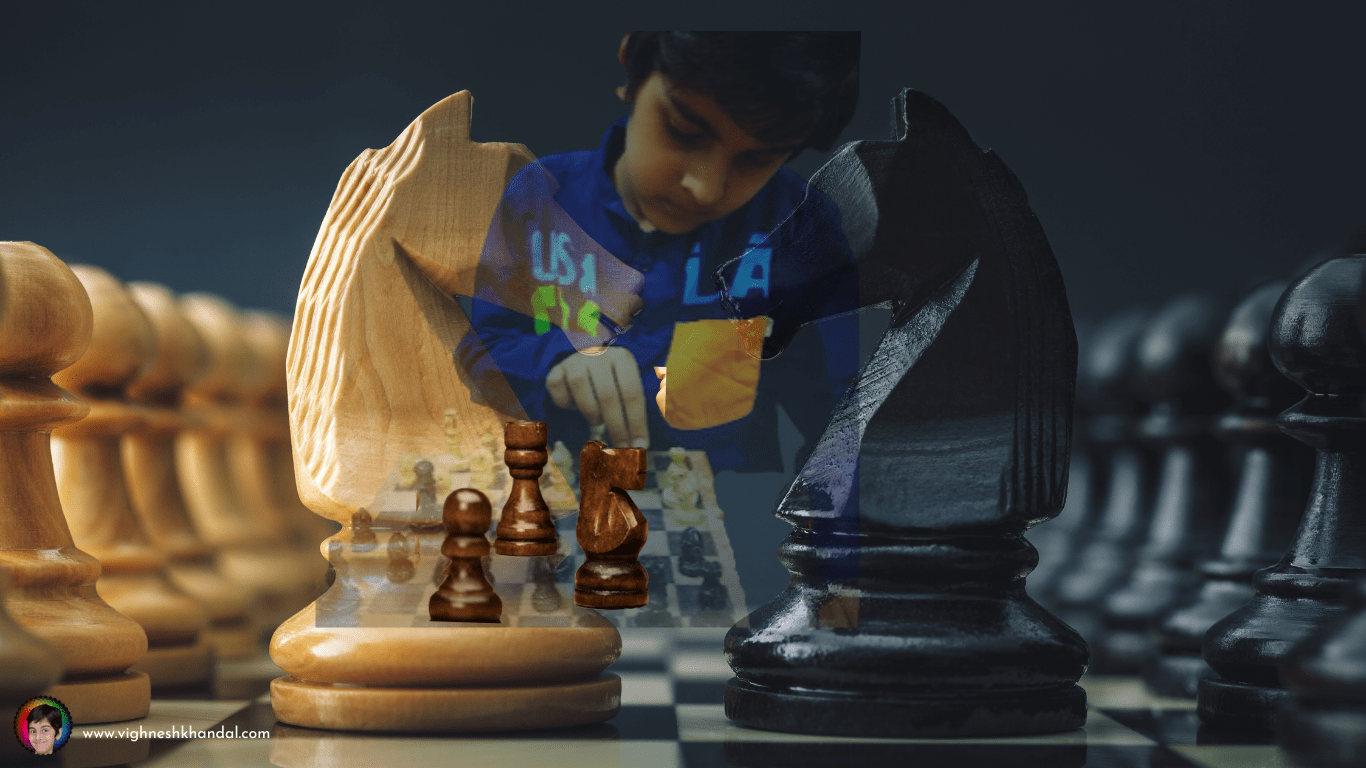The ultimate guide to chess strategy will go over some of the most important aspects of chess strategy that will help you improve your game and become a better player. Chess is a game that has been played for centuries, and it continues to be one of the most popular games in the world today. It is a game of strategy, tactics, and patience.
Understanding the Pieces
The first step in becoming a better chess player is understanding the pieces and how they move. There are six different pieces in a game of chess, and each one has a unique movement pattern.
These pieces are the pawn, knight, bishop, rook, queen, and king.
The pawn is the most numerous piece on the board, and it is also the weakest. It moves forward one square at a time but can only capture pieces diagonally.
The knight is a unique piece that moves in an L-shape. It is the only piece that can “jump” over other pieces on the board, making it a valuable asset.
The bishop moves diagonally, often used to control the center of the board. Bishops are most effective when placed on squares of their own color, as pawns cannot block them.
The rook moves horizontally and vertically often used to control the sides of the board. Rooks are often used with the queen to create a powerful attack.
The queen is the most powerful piece on the board and can move in any direction. She is often used to control the board’s centre and launch powerful attacks against the enemy king.
The king is the game’s object and the most important piece on the board. The king can only move one square at a time in any direction, and the player’s goal is to protect the king while trying to capture the enemy king.
Developing a Plan
Once you understand the pieces and how they move, the next step is developing a game plan. This plan should consider the position of the pieces on the board and any threats that may be present.
One important aspect of developing a plan is controlling the board’s center. This can be done by placing pieces in the center, such as knights, bishops, and the queen. By controlling the center, you will have more space to move your pieces, making it more difficult for your opponent to do the same.
Another important aspect of developing a plan is to create a strong pawn structure. This means arranging your pawns to support each other and create a difficult barrier for your opponent to penetrate.
The Opening
The opening is the first part of the game, and it is an important time to develop your plan and control the center of the board. There are many different chess openings, each with unique advantages and disadvantages.
One of the most popular openings is the Sicilian Defense, which involves moving the king’s pawn two squares forward. This opening creates a strong pawn structure and provides a good base for future moves.
Another popular opening is the French Defense, which involves moving the king’s bishop pawn two squares forward. This opening is good for players who prefer a more defensive style of play.
The Middle game
The middle game is the time in the game when pieces are developed and the players start to build their positions. This is the time to make strategic moves, such as exchanging pieces and creating threats against your opponent.
It is important to continue controlling the center of the board and to maintain a strong pawn structure during the middle game. This will help you to create space for your pieces and to make it difficult for your opponent to do the same.
One important strategy during the middlegame is to exchange pieces. This means trading your pieces for your opponent’s pieces so that you come out ahead. For example, if you exchange a knight for a bishop, you may have gained an advantage, as knights are often more valuable than bishops.
Another important strategy during the middlegame is to create threats against your opponent’s pieces and king. This can be done by putting pressure on their pieces, forcing them to move in an un advantageous way.
For example, if you threaten to capture their queen, they may be forced to move it, leaving another piece vulnerable.

The Endgame
The endgame is the final stage of the game and is when the game’s outcome is often determined. It is important to have a good understanding of endgame strategies to be a successful player.
One important endgame strategy is to promote a pawn to a queen. This will give you a powerful piece that can control the board and create threats against your opponent’s king.
Another important endgame strategy is to create a passed pawn. This is a pawn that your opponent’s pawns cannot capture and can be advanced to the end of the board to promote it to a queen. It is also important to understand the concept of king and pawn endings. This is when the game has been reduced to only the kings and pawns on the board. Understanding the basic principles of king and pawn endgame play is important to win the game.

Conclusion
In conclusion, chess is a game of strategy, tactics, and patience. By understanding the pieces and how they move, developing a plan, and utilizing effective strategies, you can become a better player and increase your chances of winning. Practice makes perfect, so spend time studying and playing the game, and you will see your skills improve quickly.


